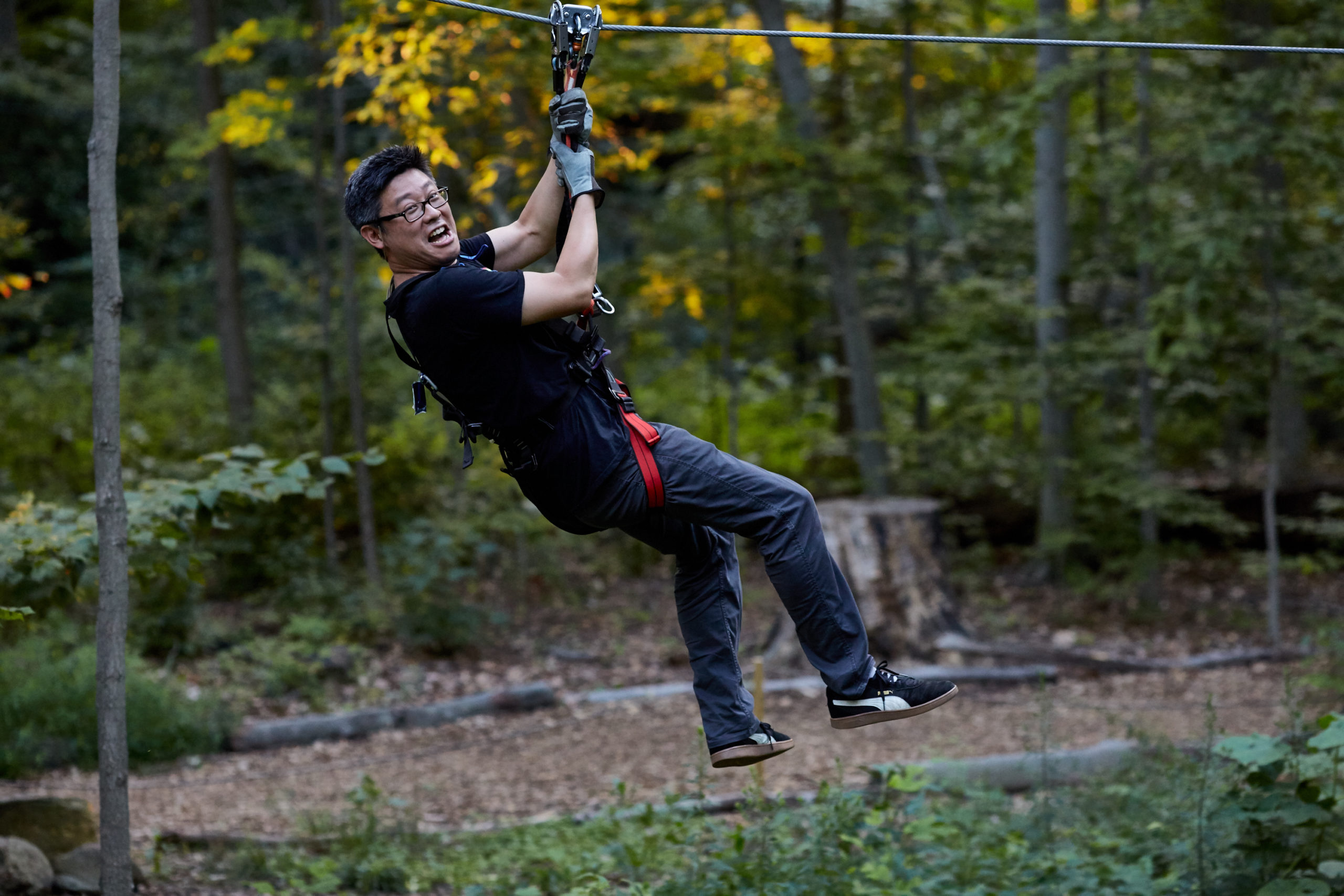

The mining towns of Dukki and Panjgur learned about the game thanks to the British miners who played the game during their leisure time. The Makran Coast was until the 1960s a territory of Oman. Quetta, which Pashtuns have for long claimed to be as part of its Southern frontier, most historians believe, got its taste for the game from Khyber Pakhtunkhwa, formerly the North West Frontier Province, where British evangelist Theodore Leighton Pennell introduced the game in the 1880s.Ĭhaman’s proximity to Afghanistan, where football is wildly popular, is believed to have played its part in the propagation of the game in the border town. Then, there is a difference of ideals and beliefs too as well as how football found its way into different regions of Pakistan’s biggest province. Regardless of what tournament it is, this is about supremacy. It’s about bragging rights in the province.

The seeds of the Quetta-Chaman rivalry have long been sown. Balochistan is a working-class society and football has historically been a working class game. But for fans of the game here, it’s a part of faith.įootball tribalism is akin to the one in the society here by and large. Muslim FC’s most popular player Hayatullah had to make an appeal to his club’s fans to not disrupt the game. The crowd was asked to keep their emotions in check. Loyalties were fiercely split between the fans in attendance. QUETTA: To trace the history of football in Balochistan, and the province’s unflinching passion for the game, one needs to only look at the present.Īs Quetta’s Baloch FC took on Muslim FC of Chaman in the final of the Ufone Balochistan Cup at a packed Ayub Football Stadium on a blustery Thursday evening, it’s pretty clear why the affinity to football in Balochistan is unparalleled to the rest of the country.


 0 kommentar(er)
0 kommentar(er)
